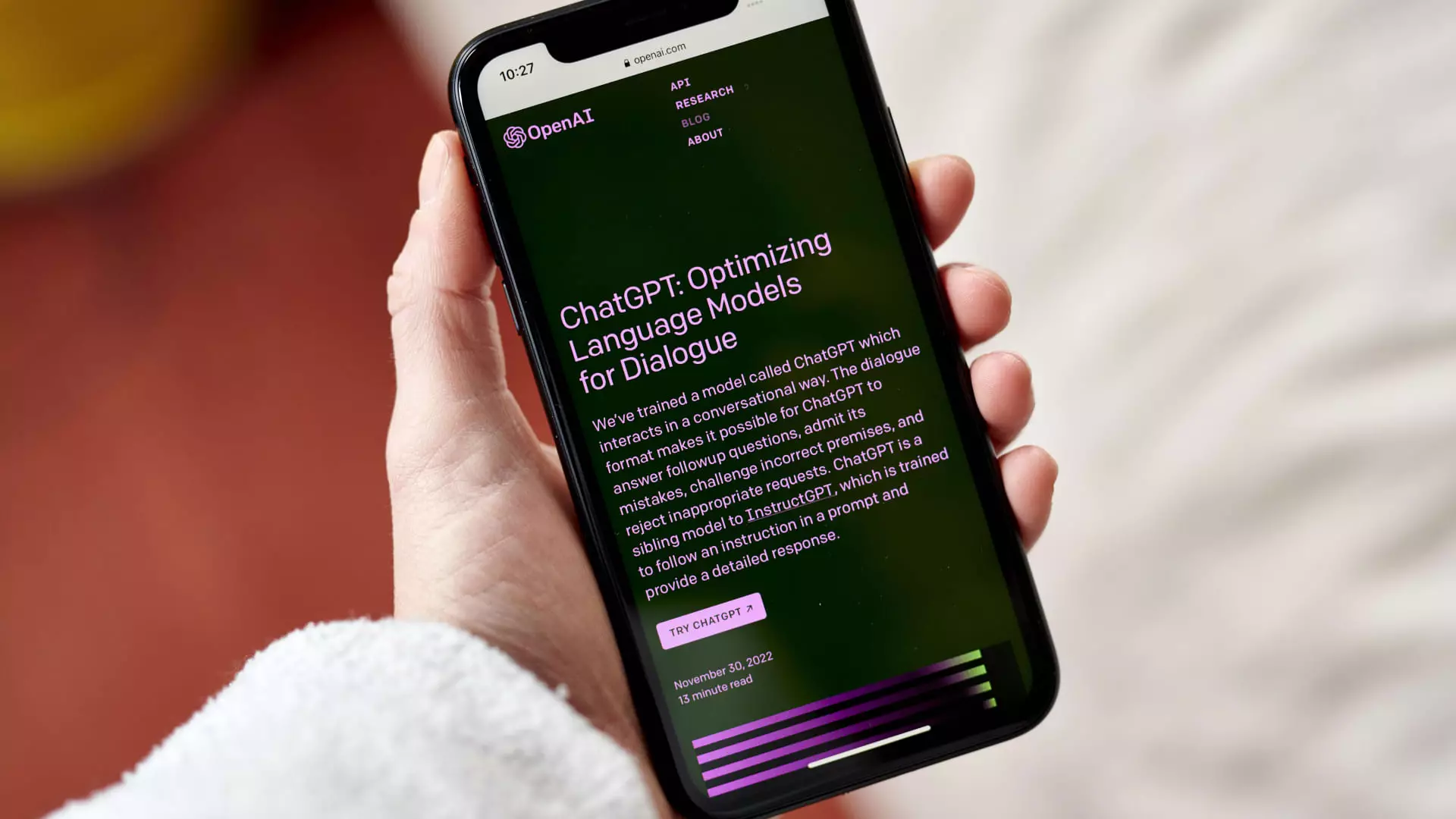The U.S. government is currently contemplating the implementation of new laws to assist society in adapting to the rise of artificial intelligence. Some early adopters of this technology are already experiencing significant gains in labor productivity. One such example is Klarna, a financial services provider that offers a buy now, pay later option. Klarna estimates that their AI assistant tool will lead to a profit increase of $40 million by the end of 2024.
According to Klarna CEO Sebastian Siemiatkowski, the AI assistant tool is capable of performing the tasks of 700 full-time agents. It is proficient in handling two-thirds of all incoming tasks through chat support. This showcases the immense potential for artificial intelligence to revolutionize various industries and streamline processes for businesses.
Klarna's AI assistant tool relies on the technology developed by OpenAI, which powers ChatGPT and Sora. These products have gained widespread attention, drawing interest from both the general public and lawmakers in Congress. In 2023, Congress members engaged in discussions, private gatherings, and educational sessions with notable tech leaders like Sam Altman, the CEO of OpenAI. Subsequently, the White House reached out to 15 prominent industry figures, seeking their expertise in guiding policymakers on risk assessment and the utilization of emerging technologies.
While the U.S. Senate Task Force on AI has enacted multiple laws focusing on research and risk evaluation, the regulatory framework in the U.S. appears less stringent compared to the regulations adopted by the European Union in 2024. This contrast has sparked debates among experts, with some arguing that bureaucratic rules in the EU hinder innovation, while others believe it promotes stability and ethical practices in the tech sector.
Economists have long been concerned about the potential impact of artificial intelligence on job prospects, especially for white-collar workers. Similar to the effects of globalization on blue-collar jobs in the past, AI adoption could disrupt at least 60% of jobs in advanced economies, as per the International Monetary Fund. In response to this threat, lawmakers in the New York State Assembly proposed a robot tax to mitigate the repercussions of tech-driven layoffs.
The concept behind a robot tax is to impose a fee on companies utilizing technology to replace human workers. While the bill remains under review as of April 2024, there are varying opinions on the optimal tax rate. Researchers from the Massachusetts Institute of Technology suggest a rate between 1% and 3.7%, as it strikes a balance between encouraging technological progress and protecting the workforce.
As artificial intelligence continues to advance, experts like Erik Brynjolfsson predict a future where robots perform most tasks currently carried out by humans. While this shift may lead to increased efficiency and productivity, it also raises concerns about job displacement and the need for workforce adaptation. Finding a balance between leveraging AI for economic growth and safeguarding employment opportunities remains a key challenge for policymakers and industry leaders.

